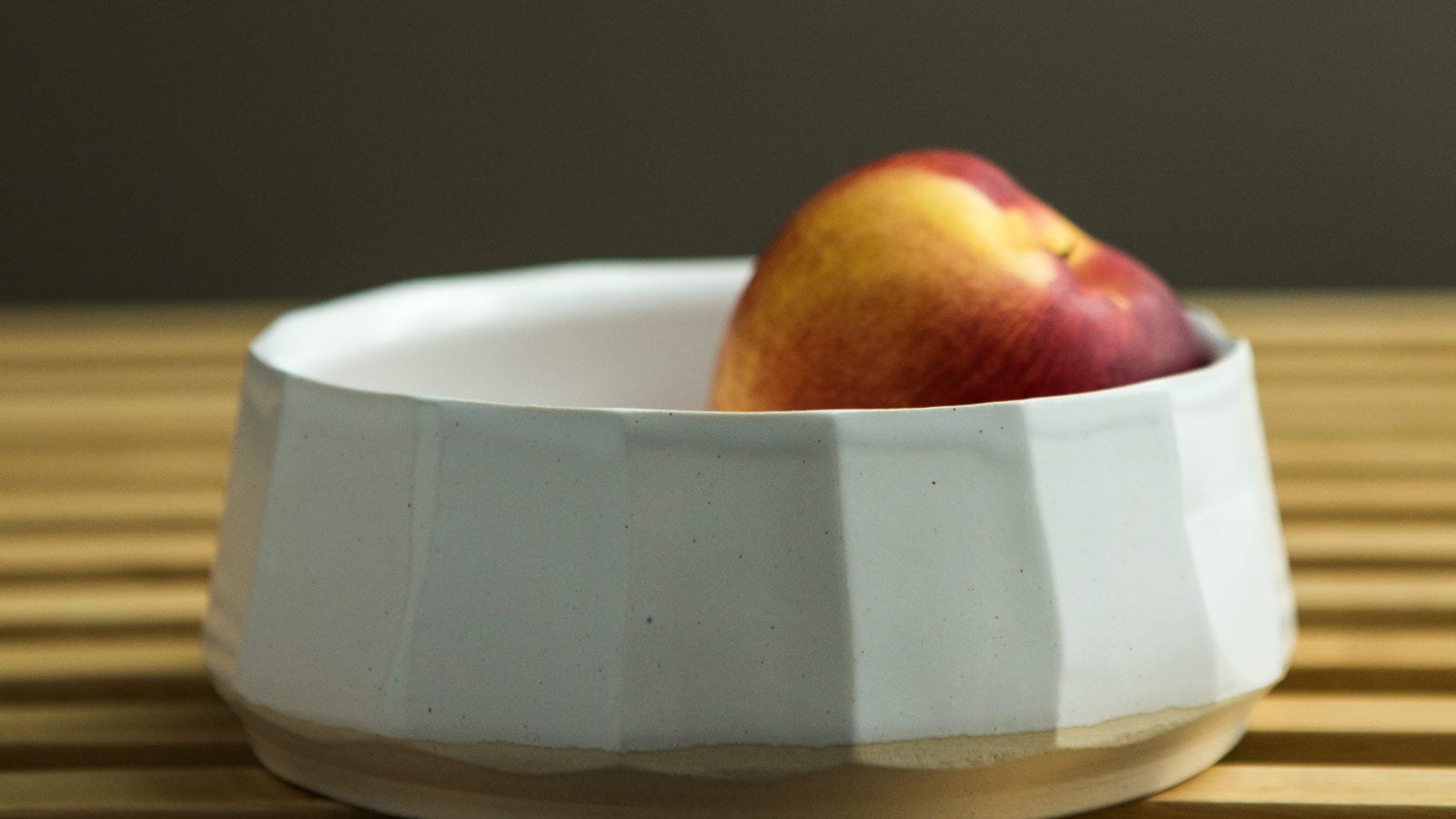Visual and Performing Arts Department Head Natania Hume has long been interested in the often hidden ways that mass-produced items influence the lives of people around the globe. How, for example, that $12 sweater from Old Navy impacted the life of the factory worker who made it. In her own work as a ceramics artist, Natania is deliberately artisanal, drawing inspiration from the slow-food movement. “Objects (and foods) made too quickly lack flavor and integrity,” she explains on her website, Slow Studio. “In an effort to employ a process that is environmentally and socially sustainable, I handmake my modern tableware in small batches.”
This past summer, Natania had a chance to meet with other educators and artists who see crafting as a statement of larger values. She traveled to the Haystack Mountain School of Crafts, on Deer Isle, Maine, for a weeklong conference entitled The Thing That Makes the Thing: Crafts and Community. “It was about how craft people can work for social justice through their craft practices,” says Natania, whose trip was funded by Williston’s professional development program. “That’s not something that people usually think of in terms of crafts—that a maker of crafts can make things that influence politics or people’s lives in profound ways.”
The presenters’ stories—of bringing mobile design studios called Fab Labs into underserved neighborhoods to introduce kids to design, or setting up a bicycle-powered sewing machine outside a GAP store to call attention to the work that goes into making clothes—were both inspiring and validating for Natania. In her own teaching, she also emphasizes the transformative power of art. “Helping kids learn how to be creative and make things is empowering them with a kind of superpower,” she explains. “Because you create something that wasn’t there before, and it’s now in the world. Things do shift a bit, even in tiny ways.”

